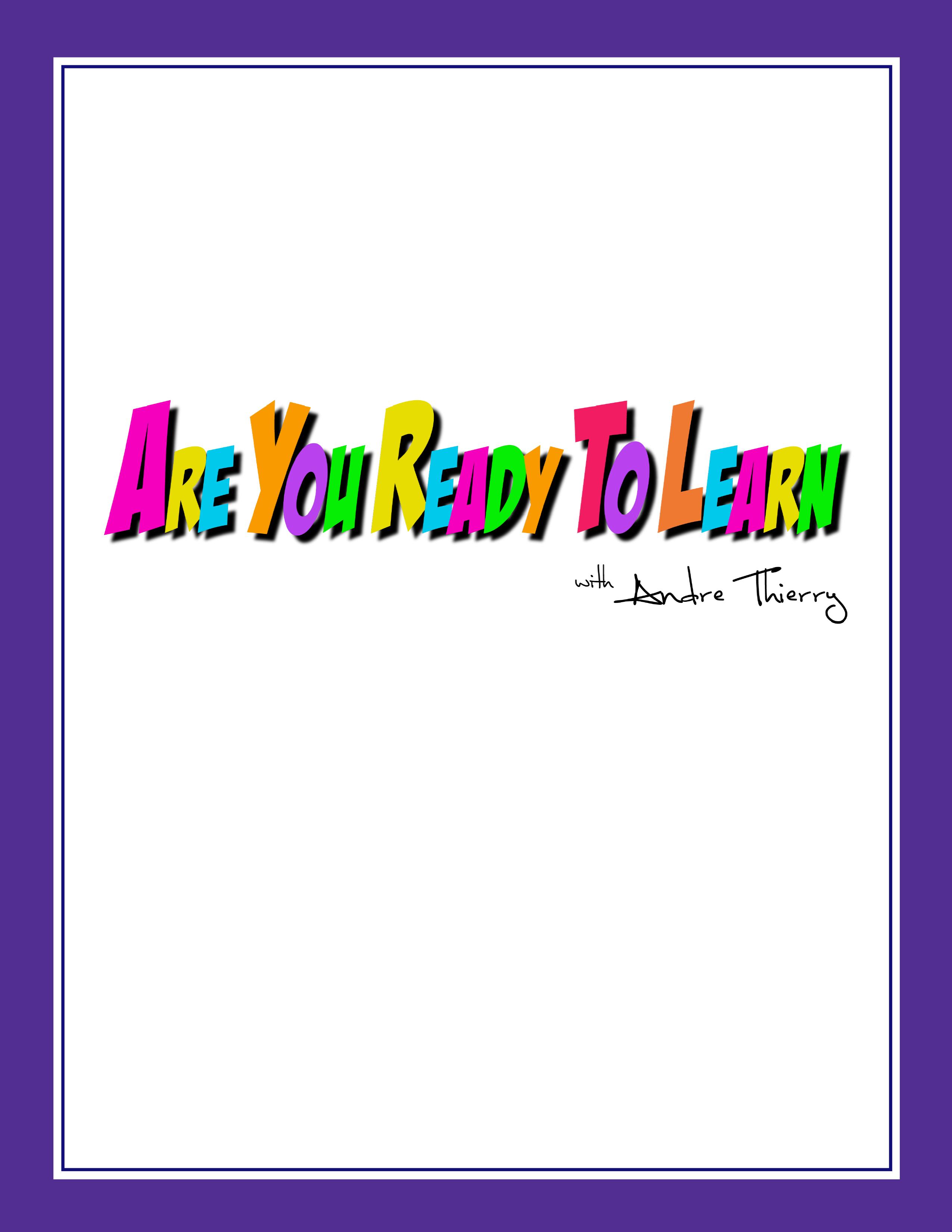

About the Program
Andre Thierry is a gifted composer and virtuoso accordionist who has created a musical program specially designed for the youth demographic. The program combines traditional and new compositions and explores the rich French Kreole culture and the music of Southwest Louisiana, known as Zydeco. This unique world music genre emerged in the mid-1900s and has a distinct style.
The pilot program “Zydeco for Children” was successfully conducted in Marin City, CA in partnership with Performing Stars of Marin from 2012 to 2016.
In 2017, a complete overhaul and restructuring of the curriculum were undertaken, leading to the creation and execution of the program titled “Are You Ready to Learn with Andre Thierry,” which provides a dynamic and interactive platform for exploring a fusion of African and Native American Blues, French Kreole dance melodies, and elements of Afro-Caribbean music. Featured instruments include the vest rub boards, drums, and accordion, among the most popular instruments in Zydeco music.
These music programs offer cross-curricular and experiential learning opportunities, including the chance to perform with the artist at large-scale events. Andre’s influence on the youth has been incredible, bridging the gap between music, culture, and confidence. Together, they play with unparalleled energy!
Thierry’s program is innovative in engaging youth through music and cultural exploration. Its impact on youth audiences is undeniable, providing an opportunity for experiential learning and opening doors to a world of diverse musical genres.
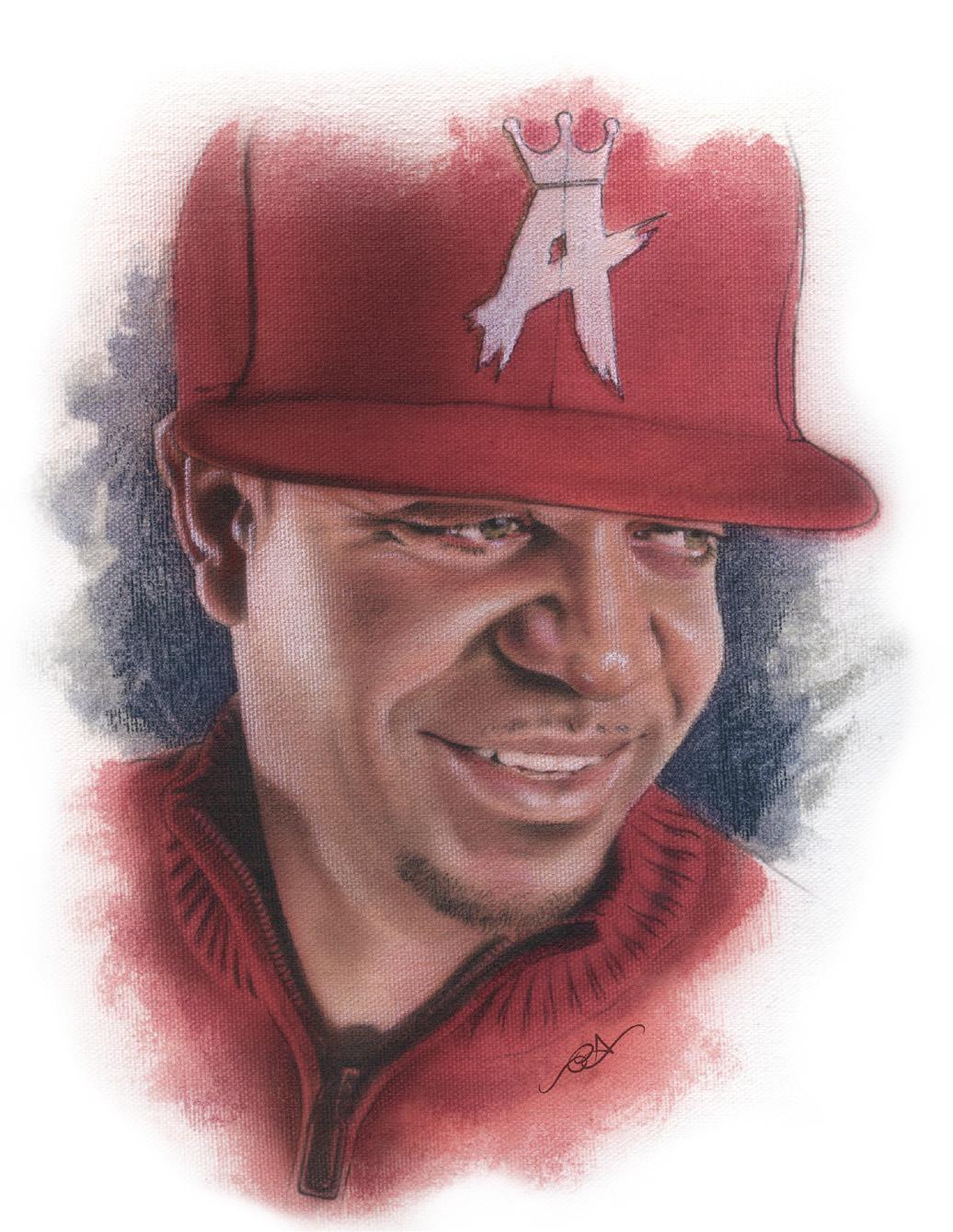
“Andre Thierry’s “Are You Ready to Learn” is a distinguished commitment to the French Kreole culture and his mission to introduce new generations to high-energy and rhythmic musical experiences. As the West Coast’s foremost torchbearer for Zydeco music, Thierry’s grandparents’ migration to Richmond, California, in the 1960s brought Louisiana music to the area, and these traditions and sounds were passed down to him. He is embracing his role as a custodian of the French Kreole, Zydeco tradition. Thierry endeavors to make an everlasting impact by sharing his Accordion Soul Music and supporting music education. His work represents a significant contribution to preserving his French Kreole cultural heritage, and his passion for music is evident in his live performances. Through his music and educational initiatives, Thierry seeks to inspire future generations to appreciate the importance of cultural heritage and embrace the power of music.
What is Zydeco?
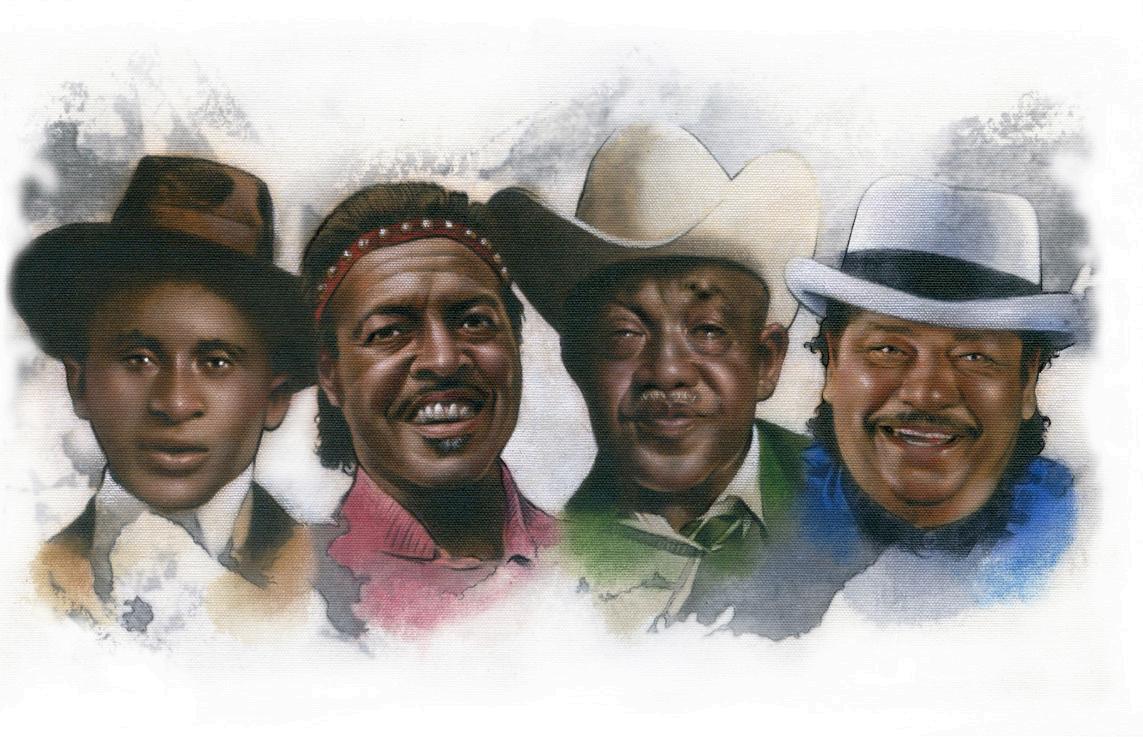
The People Who Play Zydeco Music: To understand any music genre comprehensively, it is essential to acquire knowledge about its creators. Zydeco, a music genre originating in Southwest Louisiana, was developed by the French Kreoles, a community of people of mixed African, Afro-Caribbean, Native American, and European descent who traditionally reside in rural areas and speak French Kreole. The Cajun culture is also intertwined with the French Kreole society. Pioneers in Zydeco music, such as Amédé Ardoin, Clifton Chenier, Boozoo Chavis, and Beau Jocque, have paved the way for the Accordion Soul Music of GRAMMYnominated Andre Thierry, which continues to feature his signature sounds today. It is imperative to acknowledge the significant contribution of the French Kreoles to the creation of Zydeco music. By recognizing their cultural heritage, we can gain insights into the diverse musical influences shaping this genre. Therefore, it is essential to appreciate the cultural and historical context in which Zydeco music was created and to recognize the French Kreoles’ unique contribution to this musical form.
Where Does Zydeco Come From?: Zydeco music is a recent world music genre that emerged as a distinct form in the mid-1900s. It is a derivative of “La-La” music, a shared music style of the French Kreoles and the Cajuns. The genre has been influenced by blues, jure’ (syncopated a cappella religious songs), and more recently, by R&B and hip-hop. This demonstrates that Zydeco is a constantly evolving genre.
Zydeco’s evolution is a testament to its ability to absorb and incorporate diverse influences while retaining its unique identity. The genre has been able to maintain its traditional roots while adapting to modern trends, which has contributed to its popularity.
What Does “Zydeco” Mean? - Story #1 The word “Zydeco” has two different stories to explain it. One is that it comes from the phrase “Les haricots sont pas sales,” meaning “the snap beans aren’t salty.” This phrase is a colloquial expression meaning that times are hard, and when spoken in regional French, it’s pronounced “zy-dee-co sohn...” etc.
What Does “Zydeco” Mean? - Story #2 The second often-accepted meaning of the word “Zydeco” is that it comes from the word “zari,” which means dance. The word “zari” is found in several West African languages (in various similar forms).
Zydeco Instrumentation: Zydeco bands generally include an accordion, a modified washboard called a frottoir, electric guitar, bass, and drums. Secondary Zydeco instruments include fiddles, keyboards, and horns. What Does Zydeco Sound Like? Zydeco music is often mistakenly associated with polka music. However, it is more similar to the blues than any European music. The band focuses heavily on the backbeat, with contemporary bands employing a double-kick bass drum to emphasize the syncopation. The accordion plays blues licks while the guitars add to this sound.
Zydeco Lyrics: Zydeco music blends English and French lyrics; however, most modern bands prefer singing in English. The songs of Zydeco are either revamped versions of R&B and blues songs, modern adaptations of old French Kreole songs, or original creations. The lyrics of these songs cover a wide range of topics, from routine everyday life to pressing socio-political issues. Two themes that are commonly found in Zydeco music are food and love.
Zydeco Dancing: Zydeco music is meant for dancing and is often compared to swing dance. Its passionate style has been called “the new salsa.”
Where did Zydeco music come from?
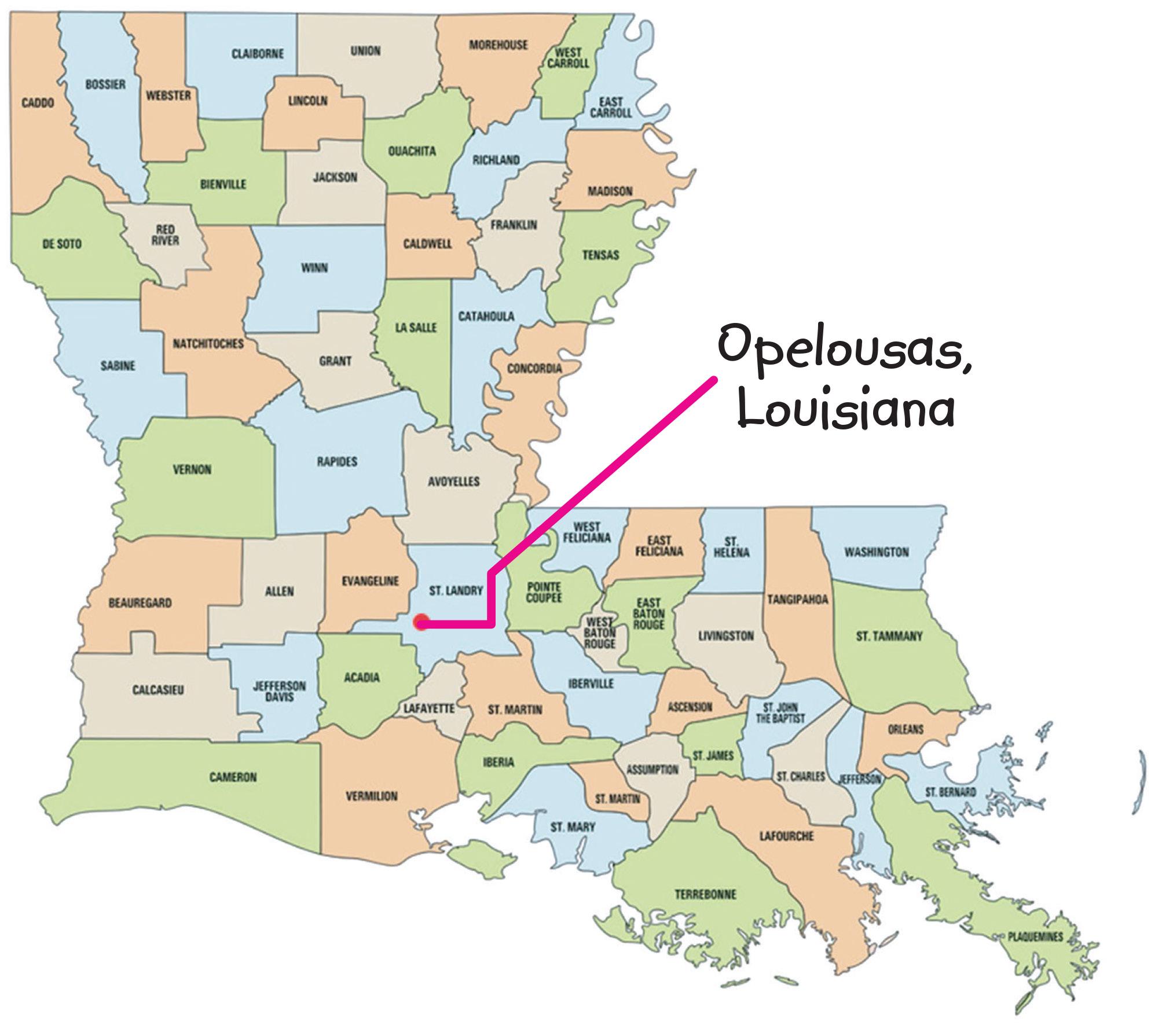
Music Instruments:
• The Accordion is one of the most well-known instrument used in Zydeco. The musician controls the sound by squeezing air in or out of one side of the instrument while playing the keys of the small keyboard on the other side.
• The Rub-Board , a ripple piece of metal and spoons, just one of many modern instruments made from everyday items (Clifton Chenier is credited with redesigning the wood and crimped tin washboard into the frottoir, an instrument that would easily hang from the shoulders.)
• More instruments used to play Zydeco music are the drums, guitar and fiddle.
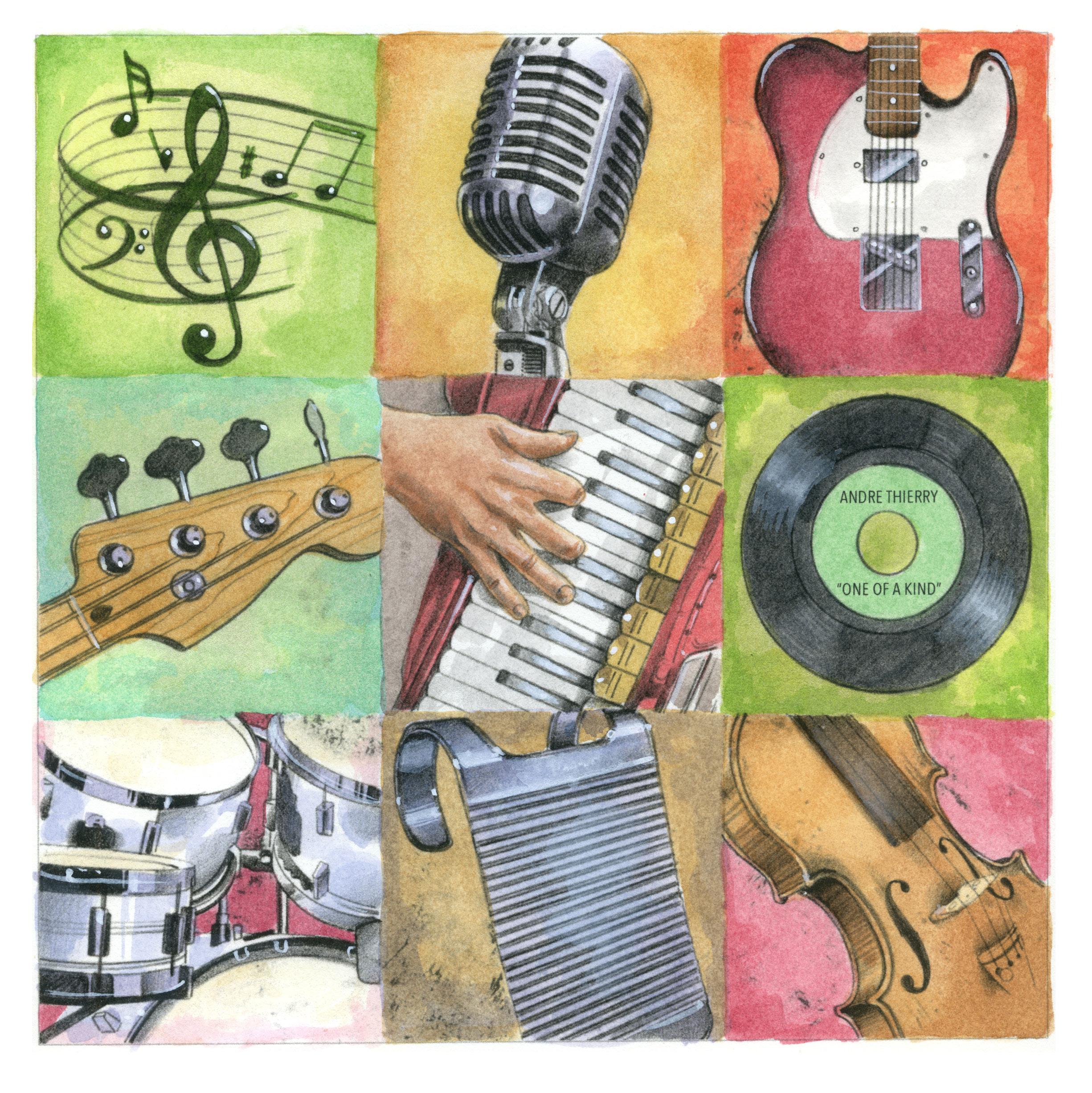
Music
Words
Beat - the vibration, pulsation or rhythm of a song
Instrument - an object or combination of objects used to make music or sounds
Melody - the sequence or way notes come together one after the other to create a pattern or song
Tempo - the various pacing and speed of a song's performance
Percussion - an instrument that produces sound when shaken, hit, rubbed, tapped or struck
Sound - sound is a type of energy. Sounds are produced when an object vibrates. When this happens, the air around the object also vibrates. These vibrations in the air travel as sound waves.
Vibration - something that is vibrating may shake at the same time. If it vibrates in a regular way, it may produce a musical note because it can make the air vibrate. This vibration will send sound waves to the ear and to the brain.
Oscillation - something that oscillates is something that “vibrates” or repeats the same pattern. Many things in nature move back-and-forth or up-and down when pushed or struck.
Frequency - the rate at which a vibration occurs that constitutes a wave, either in a material (as in sound waves), or in an electromagnetic field (as in radio waves and light), usually measured per second:
Harmonics - a component frequency of an oscillation or wave.
Volume - the degree of loudness or the intensity of a sound
Resonance - the quality in a sound of being deep, full, and reverberating:
Food:
Soups
Gumbo
Southern Oxtail Soup
Turtle soup
Main dishes
Boudin Sausage
Catfish
Crawfish
Kreole Smothered Okra
Jambalaya
Red Beans and Rice
Shrimp Étouffée
Desserts
Beignets
Pralines
Kreole Bread Pudding
Language:
• English
• French still spoken to date, but in a unique way called Kreole that includes English and Caribbean words
Vocabulary words: (Kreyòl)
Accordéon - Accordion
Bal - Dance (social gathering)
Barbi - Catfish
Béñé - Beignet
Bonjou(r) - Hello
Bonswa(r) - Good evening
Boudin - Boudin (sausage)
Dans - Dance
Fèt - Party
Françé; françé - French (Kreole)
Frottoir - Washboard
Gita - Guitar
Janmbalaya - Jambalaya
Jwé - Play
Krébis - Crawfish, Crawdad
Komen to yê? - How are you?
Mo byin - I’m well
Ki-çé tô nom? - What is your name?
Mô nom çé... - My name is...
Kriyòl/Kréyòl - Kreole
(La)vyolon - Violin, fiddle
Lajwa - Joy
Lalouzyònn - Louisiana
Lamizik - Music
Lamour - Love
Lapé - Peace
Lasoup - Soup
Mærsi - Thanks
Namm - Soul
Orévwar - Goodbye
Shant - Sing
Sosis - Sausage
Tanmbou - Drum
Zariko - Zydeco
Activities
Listening Session
Objective: By listening to the CD children become familiar with the music.
1. Practice active listening skiIIs with brief warm-up. Have students sit silently and focus their attention on listening to the sounds in the room. Have them count on their fingers the number of sounds they hear.
2. Play CD (song). Can children describe some of the sounds they heard? What type of instruments did they hear?
3. Ask children a series of open-ended questions:
• What did you like about the song?
• Is there anything you did not like about the songs?
• Have you ever heard songs Iike this before?
• How did listening to the music make you feel?
Guessing Games
Objective: Children will try and guess the definitions of vocabulary words, food, instruments, songs from CD’s introduced
1. List all the words in a column on a whiteboard or large poster paper.
2. Challenge children to match the answers. Each time they guess correctly, let them receive a small prize.
Wrap-Up Activity
Objective: As a final review and celebration of all discoveries and learnings.
1. How do you say Hello and Good Bye in French?
2. Where does Zydeco Music come from?
3. What is an accordion? What is a rub board? What are other Zydeco instruments?
4. When and Why do people dance? Encourage children to think about connections dancing has to their own lives. Invite children to create a few simple movements or dance steps.
5. Split groups in half to create and play different rhythmic patterns, variety of tempos and alternating pitch or volume. Have one group begin by clapping or knee tapping a simple rhythm. Have second group echo their response. Then switch so everyone has a chance to be both leader and follower.
6. Create a song. Brainstorm ideas for new words and versus. Write new lines for a chorus.
7. Play the song and have everyone sing new lyrics and dance along with music.
8. Recital: Brainstorm, getting creative with children on how they can plan their own party for their parent recital celebrating the culture and music they learned.
• food (serve one culture food: like a taste of jambalaya)
• music (their performance song)
• dance (children learn how to Zydeco dance)
• artwork (children create one piece of artwork for take home)
